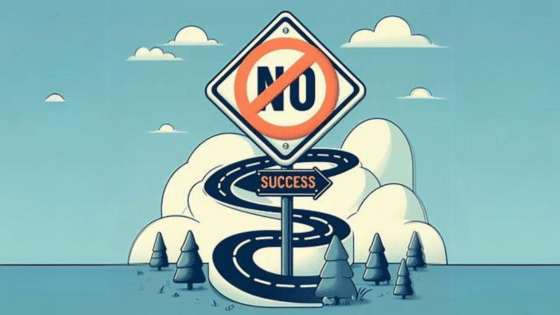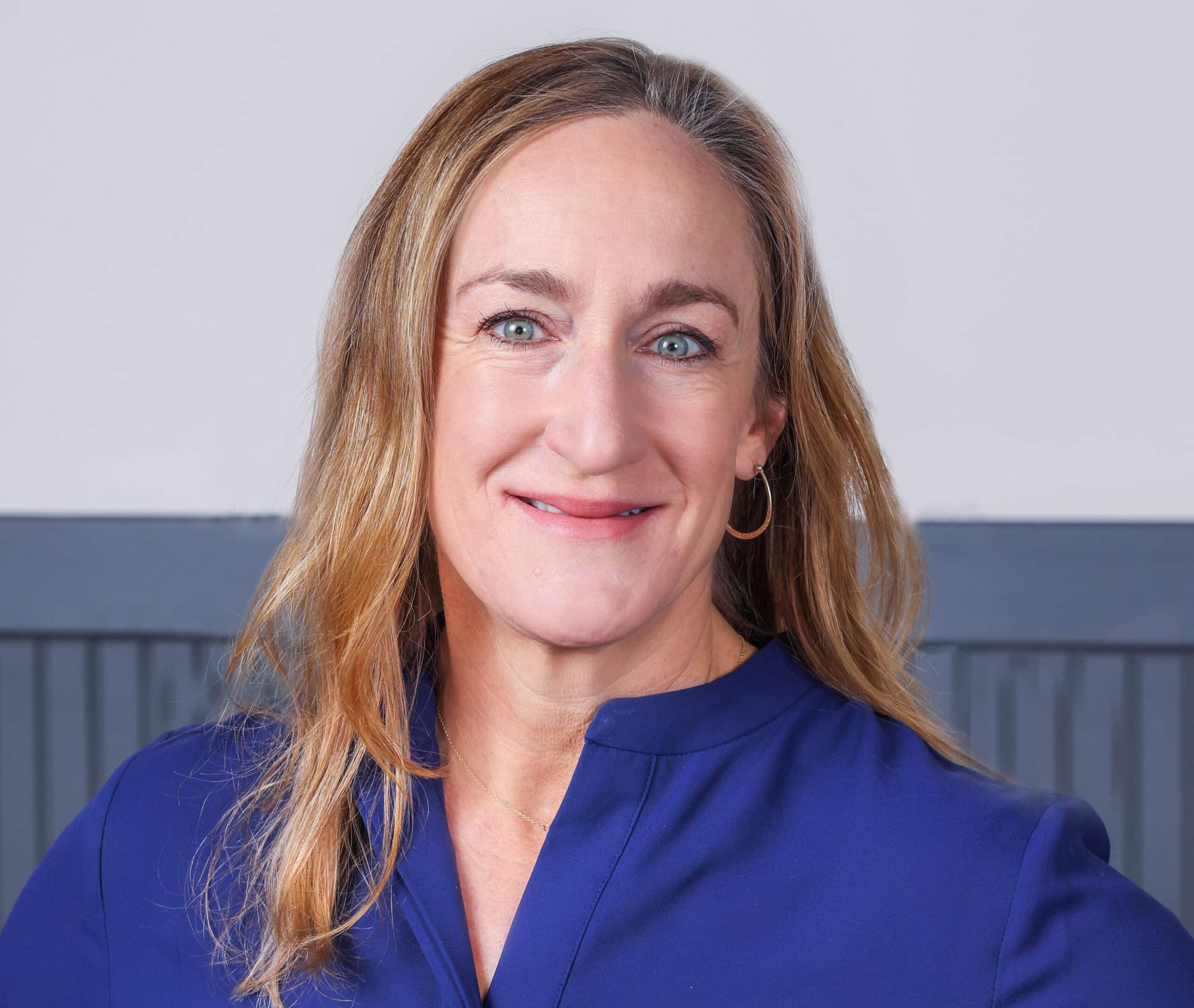The last two episodes of Energy Thinks have got me asking this question: As you execute your vision for the energy future, which essential steps are you most likely to overlook? Or avoid! Because work as challenging as leading into the future requires acknowledging all your blind spots.
Fortunately, my conversations with Brian Hlavinka at Williams and Albert Girgis at EQT (two high-octane personalities!) revealed some important themes shared between these two companies executing their new-ventures efforts in a fast-paced, competitive environment. (You can catch these episodes here and here.) Companies like Williams and EQT must choose among countless opportunities for low-carbon and sustainability-driven ventures that appeal to environmentalists, communities, and investors alike.
How do they do it? They understand the importance of knowing what you want. You need to be able to communicate your vision for the energy future. But also, as I found out talking with Brian and Albert: You need to know what you don’t want.
Both of these things are true:
- Any company new to decarbonization must look at a broad swath of opportunities, business models, and execution strategies to understand what can be successful with its business strategy.
- A wide aperture on new ventures can bog a company down in too many opportunities—making it hard to focus on fine-tuning strategy and execution and dooming many of its initiatives.
Seize the day
Companies recognize the growing demand for decarbonization. But both Brian and Albert agree that in the face of such pressure, their companies cannot sacrifice practical considerations such as ROI and project feasibility. As Brian says, “We [the New Energy Ventures team] are all things decarbonization for Williams. We are focused on reducing our carbon footprint. But also, we are a publicly traded company. We are focused on making money.”
Well said. Let’s look at how to do that.
Use your unique position. There are vast opportunities to reduce carbon emissions and incorporate sustainability initiatives through new technologies, processes, and projects. The key is to narrow down the possibilities to those solutions that both are adjacent to and can leverage your company’s strengths. Albert explains, “When you start from a conversation around ‘Go figure out decarbonization,’ that can go so many different ways, and it’s a very wide fairway to play in. The biggest task that we had to begin this group was really figuring out: How do we narrow that? How do we focus on things that make sense? Where do we want to focus our energy? What technologies work for us?”
Get good at rejecting everything but the best. Brian describes the challenge: “You don’t want to be the one saying no, but you have to stay very focused and allocate your time based on the best outcomes you can achieve.” One way to do that: Give your new ventures team a comprehensive vision—not only of who they are and what they will pursue, but of what they will not pursue. Albert notes that without a clear, upfront understanding of what the venture is not, “You’ll spend your time looking at a thousand things and not progress on any of them. Because you’ll be just overwhelmed. There’s a lot of ideas out there now.” He goes on, “So we say no to a lot of things, but the things that we say yes to really make sense. We actually have a competitive advantage and can leverage something.”
Align with the base business. No matter how promising they seem, your new ventures are still new; they need to be successfully integrated into and enhance your company’s existing portfolio and strategy. The company’s traditional energy projects provide the financial backbone of operations and spin off the capital required to take on new ventures. Albert describes: “We know our bread and butter is our drilling business—and that is what allows us to have a new-ventures program, and to leverage our core business to be able to help us decarbonize our own operations and production.”
Relentlessly pursue the whole package. When taking on new decarbonization initiatives and the associated risks, your team cannot subsidize unprofitable ventures forever. To succeed, there needs to be a vision, a sustained commitment, and a long-term strategy to incorporate the venture into the company’s broader portfolio and financial success. Brian explains: “We focus on things that are good for the planet, good for people, and generate profits. All those things have to come together in order for new ventures to make sense.”
Thank you to Morgan Gass for her research and writing contributions to this piece. Want to learn more about how to say no strategically? Reach out—Adamantine can help you devise a more effective strategy for leading into the energy future. Enjoying what you’re reading? Please forward to three colleagues.
To saying no to all but the best,
Tisha

